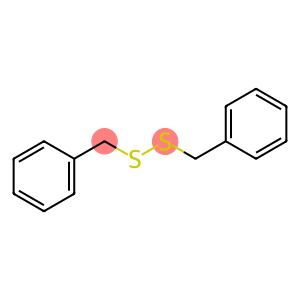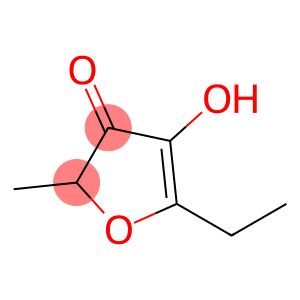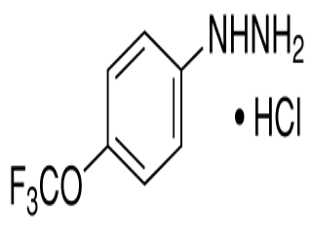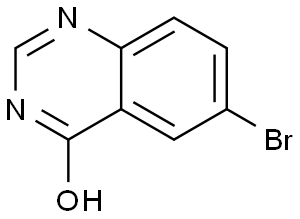Benzyl disulfide(CAS#150-60-7)
| Hazard Symbols | Xi – Irritant |
| Risk Codes | 43 – May cause sensitization by skin contact |
| Safety Description | S22 – Do not breathe dust. S36/37 – Wear suitable protective clothing and gloves. S37 – Wear suitable gloves. S24 – Avoid contact with skin. |
| WGK Germany | 2 |
| RTECS | JO1750000 |
| TSCA | Yes |
| HS Code | 29309090 |
Introduction
Dibenzyl disulfide. The following is an introduction to the properties, uses, preparation methods and safety information of dibenzyl disulfide:
Quality:
- Appearance: Dibenzyl disulfide is a colorless to light yellow liquid.
- Solubility: Dibenzyl disulfide is soluble in organic solvents such as alcohols, ethers, and chlorinated hydrocarbons.
Use:
- Preservatives: Dibenzyl disulfide is used as a general preservative, which is widely used in coatings, paints, rubber and glues, etc., which can effectively extend the service life of products.
- Chemical synthesis: Dibenzyl disulfide can be used as an intermediate in organic synthesis for the synthesis of other organic compounds, such as thiobarbiturates, etc.
Method:
Dibenzyl disulfide is mainly prepared by the following methods:
- Thiobarbiturate method: dibenzylchloromethane and thiobarbiturate are reacted to obtain dibenzyl disulfide.
- Sulfur oxidation method: aromatic aldehyde is reacted with sulfur in the presence of potassium hydroxide to obtain dibenzyl disulfide after further treatment.
Safety Information:
- Dibenzyl disulfide is considered to be low toxicity, but it still needs to be handled and handled correctly.
- When using dibenzyldisulfide, wear appropriate protective equipment such as gloves, safety glasses, and protective clothing.
- Avoid contact with skin or inhalation of dibenzyldisulfide vapors.
- When storing and handling dibenzyl disulfide, keep away from open flames and heat sources, and maintain a well-ventilated environment.
- In case of accidental ingestion or inhalation, seek medical attention immediately and show the relevant product information to your doctor.








